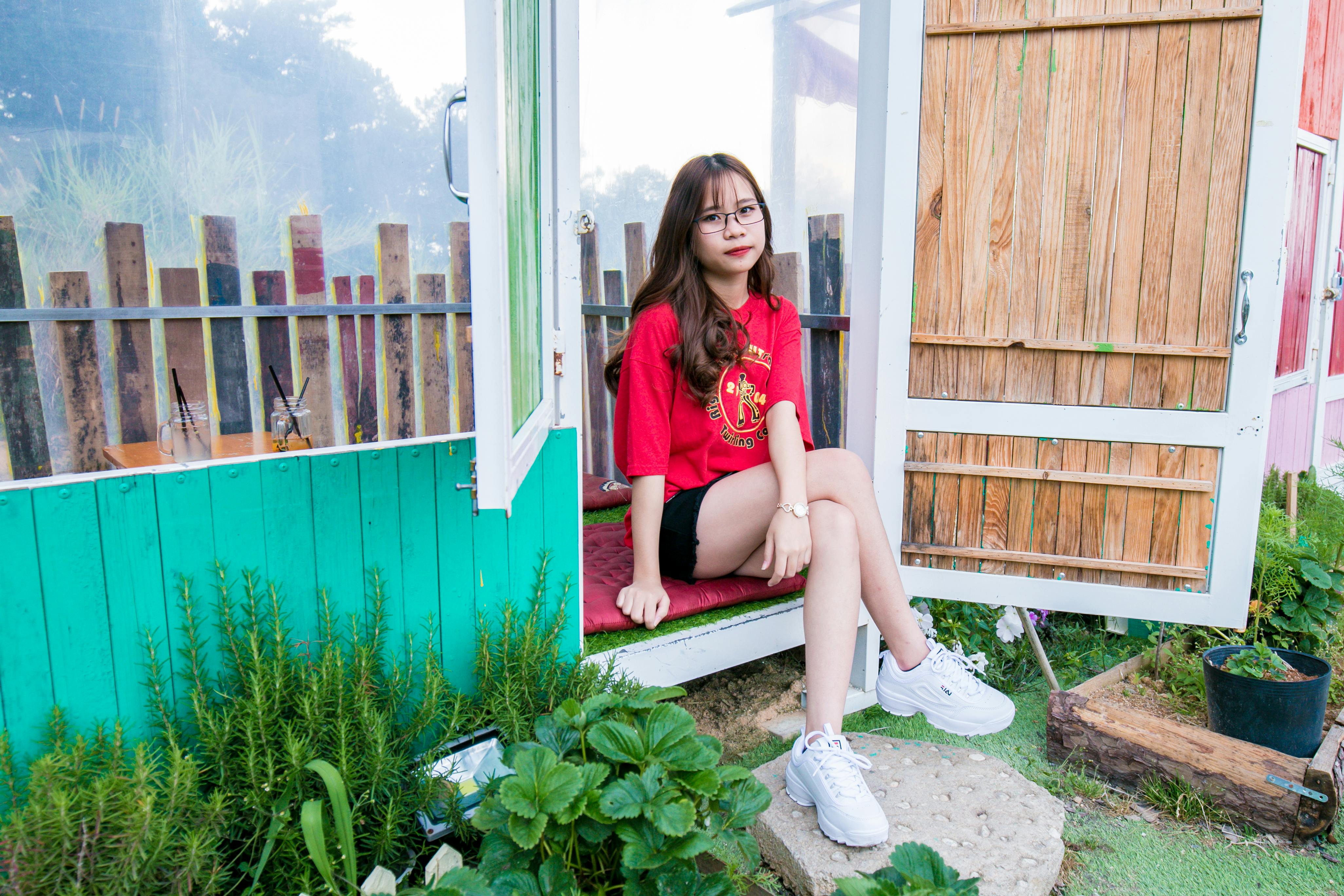
A look at Kenyan culture
While Kenyan culture has evolved to encompass Western, Asian, and Arab influences, it still retains a distinctly African identity. Examples of the dominant forms of language, dress, food, music, and dance illustrate this point well.
Languages in Kenya
Although more than 40 dialects are spoken in Kenya, the languages enjoying national appeal are English and Swahili in particular. So while the local languages are widely spoken in their respective tribal areas, it is a good idea for the camp visitor to learn a few Swahili phrases.
typical dress
While educated and wealthy Kenyans have embraced the Western style of dressing in business suits, jeans, and T-shirts, many communities have remained true to their traditional dress.
The world famous Maasai and Samburu continue to dress in brightly checked sheet coats (called shukas) and lots of earrings, necklaces, bracelets and bangles.
The Ogiek, a community of hunter-gatherers whose ancestral home is the Mau Forest, dress primarily in damax fur. That said, unlike other countries such as Nigeria and Rwanda, Kenya does not have a national dress, and various attempts to create one have been unsuccessful. Therefore, the traditional dress in Kenya varies from one tribe to another.
KenyaFood
In the field of food, many rural Kenyans continue to eat the foods that their ancestors ate. The Luo enjoy their fish and millet, the Kikuyu their irio (mashed potatoes, peas, corn and Irish vegetables) and the Maasai diet consists of meat, blood and milk.
Borrowing from Asia, Pilau rice, chapatti and samosas are certainly delicious on the coast. In addition, French fries and fried chicken are served in many restaurants in the country. However, these are not as popular as ugali and nyama choma. So if Kenya has a national food, it has to be these 2.
Ugali is a cornmeal cake that is baked over an open flame, while nyama choma is roasted meat, usually goat, beef or lamb. It is often eaten with kachumbari, a spiced tomato, onion, and hot sauce.
dance and music
Music and dance are important components of Kenyan culture and are mainly performed at important ceremonies such as weddings and initiations. The nature of Kenyan music and dance also varies from region to region.
Luhya’s music has a fast pace and integrates different rhythms at the same time. The Luo dance is more measured with the dancers following the rhythm of the nyatiti, a traditional lyre.
Along the Kenyan coast, Taarab, which reveals Arabic and Indian influences, is popular. It is sung by women who turn slowly and elegantly from one side to the other with a belly dance. They are often accompanied by an Arabic drum and rhythm.
Masai dances performed by men culminate in a jumping contest where the higher you can jump, the better you are. Costumes and accessories such as masks, shields, and spears are vital aspects of most dances.
Kenyans are famous for their passion for singing and dancing. A genre of popular music called benga, which fuses Kenyan and Western influences, is popular in nightclubs across the country.
Time flies…
Because Kenyans move at their own pace, timing is not one of their virtues. So there’s nothing unexpected about being an hour or two late for an appointment. And the handshake is an indispensable part of the greeting.
Where to experience Kenyan culture
While in Kenya, there are several great places to experience Kenyan culture. Through the traditional farmhouses, music and crafts on display, Bomas of Kenya gives you a good insight into Kenyan culture.
The National Theater is also an excellent place to see music, dance and theater performances from different regions of the country.
Museums, such as those in Nairobi, Mombasa, and Kisumu, are excellent for looking at how Kenyan culture has evolved over time. The largest and most exciting of these is the Nairobi National Museum located on Museum Hill in Nairobi.
However, the traditional villages spread across the country are the best places to experience both authentic and unheard of aspects of Kenyan culture. There are several of these near Masai Mara, Amboseli, Samburu, Lake Victoria, Mombasa and Lamu and they can be visited during a safari to these popular tourist destinations.
